When it comes to video production, there are many different components. Most brands decide to work with a production company to develop their video. But what if you try to make the video yourself? In that case, it would be best to understand the significance of a video production checklist and everything included.
This article will go over the pre-to-post-production phases of a video production checklist to help you get ready for producing video content for your business. Continue reading!
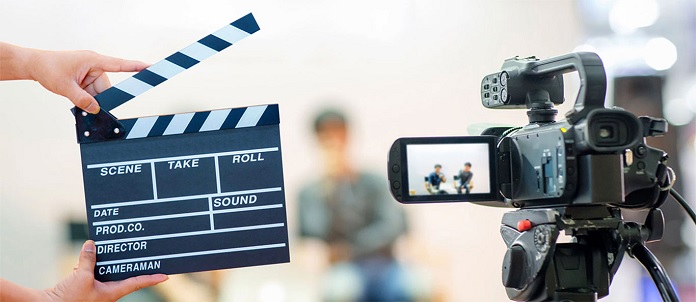
Video Production Checklist – Guide
A standard video production checklist contains eight boxes you must tick when producing a video. This includes the pre to post-video production processes.
Box One – Draft A Script and Storyboard
Excellent planning and coordination lead to every good accomplishment. Start off by describing the overall direction of your film in the first box of the video production checklist, which begins with a script and storyboard.

Storyboard
Storyboarding is a visual rather (than a written) depiction of your video. It facilitates the organization of graphic elements that will draw viewers’ attention to the video. The editors’ and camerapersons’ scripts can be altered as new ideas are brought forward during filming. Even so, it’s a fantastic method to picture your story before you begin filming the video.
Script
The importance of an excellent script should never be underestimated. It has the power to captivate (or, unfortunately, bore) your audience. As a result, you need to pay close attention to what your actors or voice-over performer say in the video. How well your script is written will determine whether or not your audience will engage with your video.
Start your script with a memorable statement that sums up the purpose of your video and grabs viewers’ attention. When you get to the end, incorporate a call to action. You should also review your script to ensure it’s written in language that your audience can understand and digest.
Box Two – Select Your Cast
The quality of your actors can affect ratings and views, so the performers you cast in the video must be carefully considered. Although the purpose of your video is to convey a message, having an outstanding performance increases the likelihood that viewers will watch it and pay attention to it.

To get your point over to your video viewers, you don’t necessarily need to perform in an award-winning manner. But, choosing a great cast that will keep viewers watching the video.
Box Three – Organize Location Setting
You can shoot your video on-site or in a controlled setting.
Controlled Set
This is a temporary arrangement in a room, constrained space, or building. This type of setting gives you control over the shooting area. Although it takes a lot of work to make the set feel more authentic, you can make it happen with the right resources.
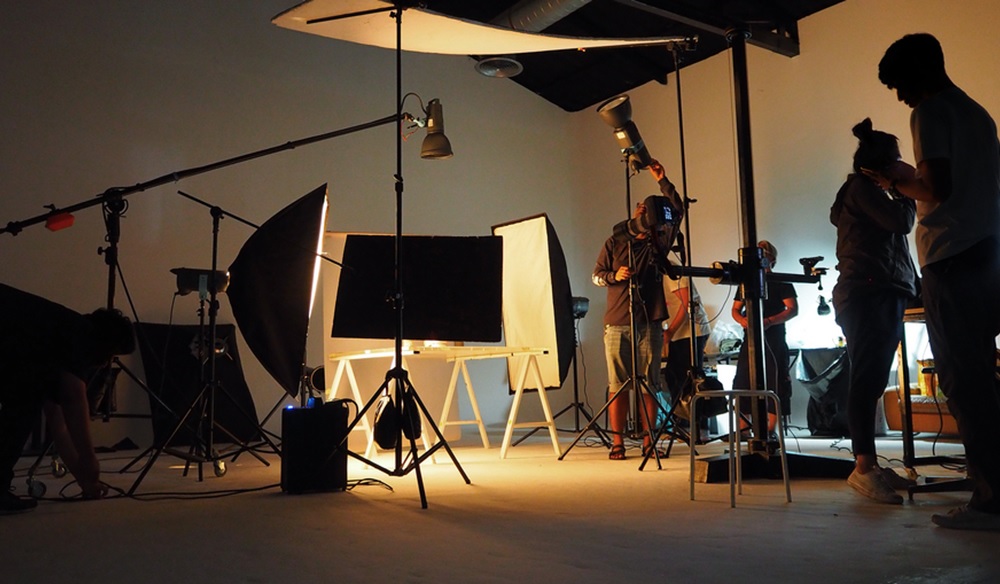
Location Shooting
This is a common style of video shooting, especially for movies. Everything needed, such as parks and mountains, is already included in this collection. However, there are concerns about noise interference, uncontrolled illumination, and severe weather.
Box Four – Get the Necessary Camera Equipment
After deciding where to film your video, you’ll need to invest in high-quality camera equipment that fits your needs and learn how to use it properly. So, here are the steps to buying a good camera.
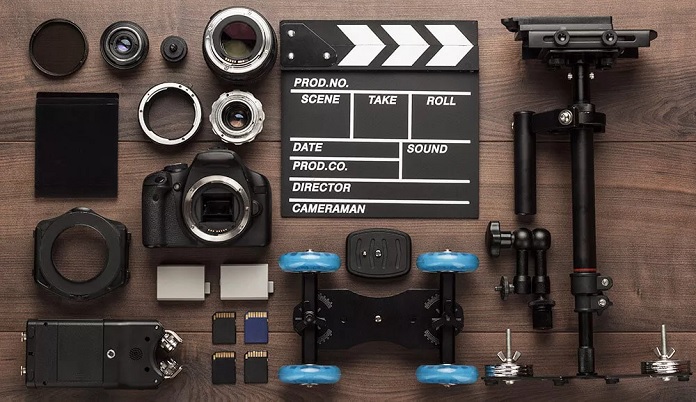
- Select the best camera. It should be affordably priced and easily controllable, depending on your budget. The right camera gives you various lens options to complete your video shot.
- Select the most outstanding lenses possible because your movie’s quality depends on them. You can acquire a different lens, such as one that can zoom without losing quality. You can also look into different lenses and select the best that suits your needs.
Box Five – Camera Settings
Camera settings can be complicated, but with regular use and practice, you’ll get the hang of it. Here are a few crucial video production settings.
- White balance: this describes the color temperature of the film. When the white balance is high, the shot is warmer, and when it is low, the shot is cooler.
- ISO: This parameter impacts your camera’s sensitivity to light. You can increase the ISO when taking dark photographs, and when taking bright pictures, you can decrease the ISO.
- Frame rate: this influences how rapidly your video is measured and recorded in frames per second. News broadcasts and live videos are shot at 30 frames per second, whereas slow-motion videos are shot at 60 to 120 frames per second.
- Aperture: it is measured by the “f-stop” tag. It controls the amount of light that enters the camera; therefore, a low f-stop equals plenty of light and vice versa.
- Focus: This option displays which aspects of your footage are vivid and which are not. It has an auto-focus mode that readjusts itself during the shoot.
- Shutter speed: it measures how quickly the camera takes pictures. It’s similar to frame rate in video filming, and a slower shutter speed can cause motion blur.
Box Six – Have the Necessary Lighting System
Make sure your project includes a three-point lighting system. The lighting systems include the following:
- Key Light – This is the principal source of light.
- Fill Light – This light adds depth to your image by softening the shadows.
- Backlight – This should be placed behind your picture to remove shadows and separate the background.
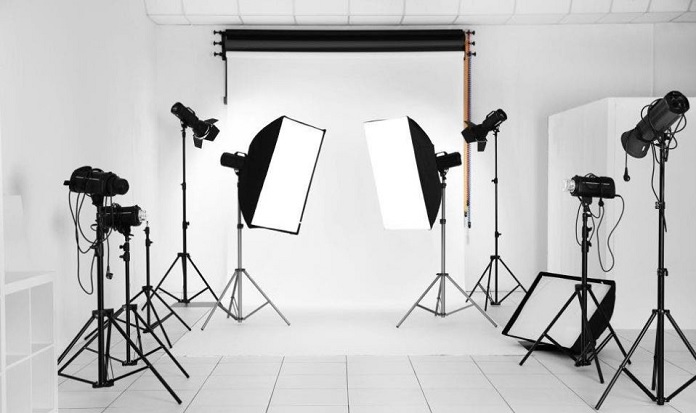
Box Seven – Begin the Video Shooting
After completing everything on your video production checklist, you can start the actual task. Here are some pointers to help you.
- Make a video shoot schedule. The schedule must be made and followed for your crew to be highly effective.
- Make sure you stick to your script and stay within your stated goal.
- Shooting decent footage will help your post production editors.
- Although the editor can correct some errors, pay close attention to the footage’s continuity.
- Shoot with your audience in mind.
Box Eight – Edit Your Video
When you have all the footage needed to create a video, the editor can properly match each piece of the film until it is complete. Take your time with this phase and ensure your video contains content your audience will love.
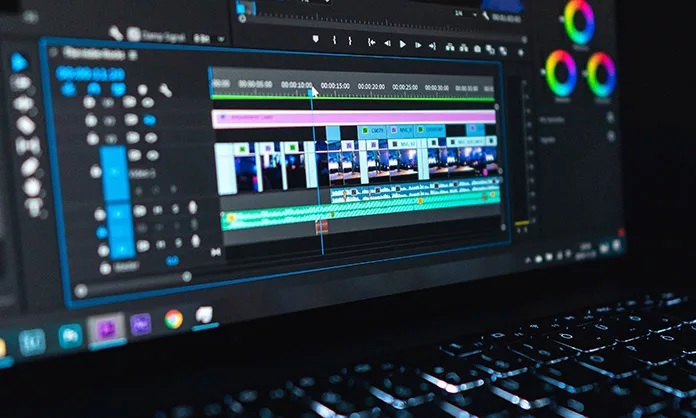
Here are a few pointers to assist your team in editing your footage.
- Remove the filler and keep videos that fulfill your objectives.
- Add visual effects to your videos.
- If it’s acceptable for the concept of the video, include a background sound.
Conclusion
Producing a high-quality video takes longer than most people believe due to the extensive processes involved. However, having a practical video production checklist can help speed it up. Therefore, the next time you want to create a video, draft a precise and efficient video production checklist to increase productivity. This article should serve as a guide in doing that.
